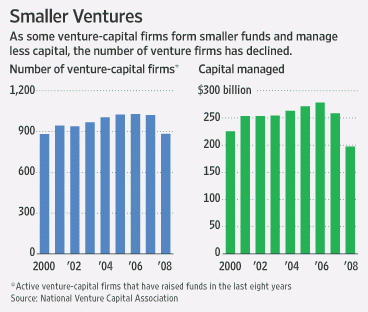Summary: Citigroup securities are still violating the law of one price.
Later this week, Citigroup will finally launch its offer to convert some preferred stock into common stock. That exchange has big implications for the government, which purchased preferred shares through the TARP program; after the exchange, the government will become Citi’s largest shareholder.
The exchange also has big implications for investors.
As I noted two weeks ago, there have been some anomalies in the pricing of Citigroup securities. Those anomalies have gotten smaller, but they are still with us. Citigroup is still violating the law of one price.
The crux of the pricing anomaly is that there are three different ways to invest in Citigroup’s common stock:





You must be logged in to post a comment.